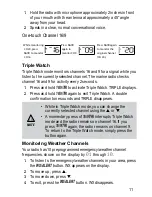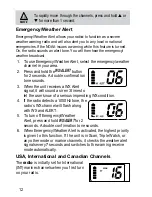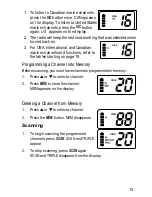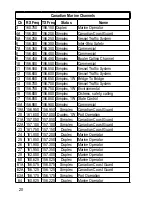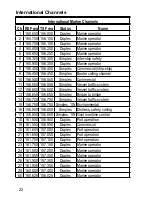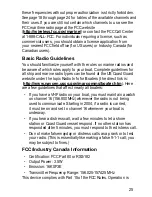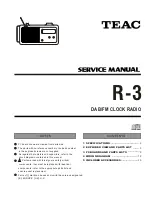
25
these frequencies without proper authorization is strictly forbidden.
See page 18 through page 24 for tables of the available channels and
their uses. If you are still not certain which channels to use, see the
FCC maritime radio page at the FCC website
(
http://wireless.fcc.gov/marine/
) or contact the FCC Call Center
at 1-888-CALL-FCC. For individuals requiring a license, such as
commercial users, you should obtain a license application from
your nearest FCC field office (for US users) or Industry Canada (for
Canadian users).
Basic Radio Guidelines
You should familiarize yourself with the rules on marine radios and
be aware of which rules apply to your boat. Complete guidelines for
all ship and marine radio types can be found at the US Coast Guard
website under the topic Radio Info for Boaters (the direct link is:
http://www.navcen.uscg.gov/marcomms/boater.htm
). Here
are a few guidelines that affect nearly all boaters:
x
If you have a VHF radio on your boat, you must maintain a watch
on channel 16 (156.800 MHz) whenever the radio is not being
used to communicate. Starting in 2004, if a radio is carried,
it must be on and set to channel 16 whenever your boat is
underway.
x
If you hear a distress call, wait a few minutes to let a shore
station or Coast Guard vessel respond. If no other station has
responded after 5 minutes, you must respond to the distress call.
x
Do not make false mayday or distress calls as a prank or to test
your radio. (This is essentially like making a false 9-1-1 call; you
may be subject to fines.)
FCC/Industry Canada Information
x
Certification: FCC Part 80 or RSS-182
x
Output Power: 3.5W
x
Emission: 16K0F3E
x
Transmitter Frequency Range: 156.025-157.425 MHz
This device complies with Part 15 of the FCC Rules. Operation is

